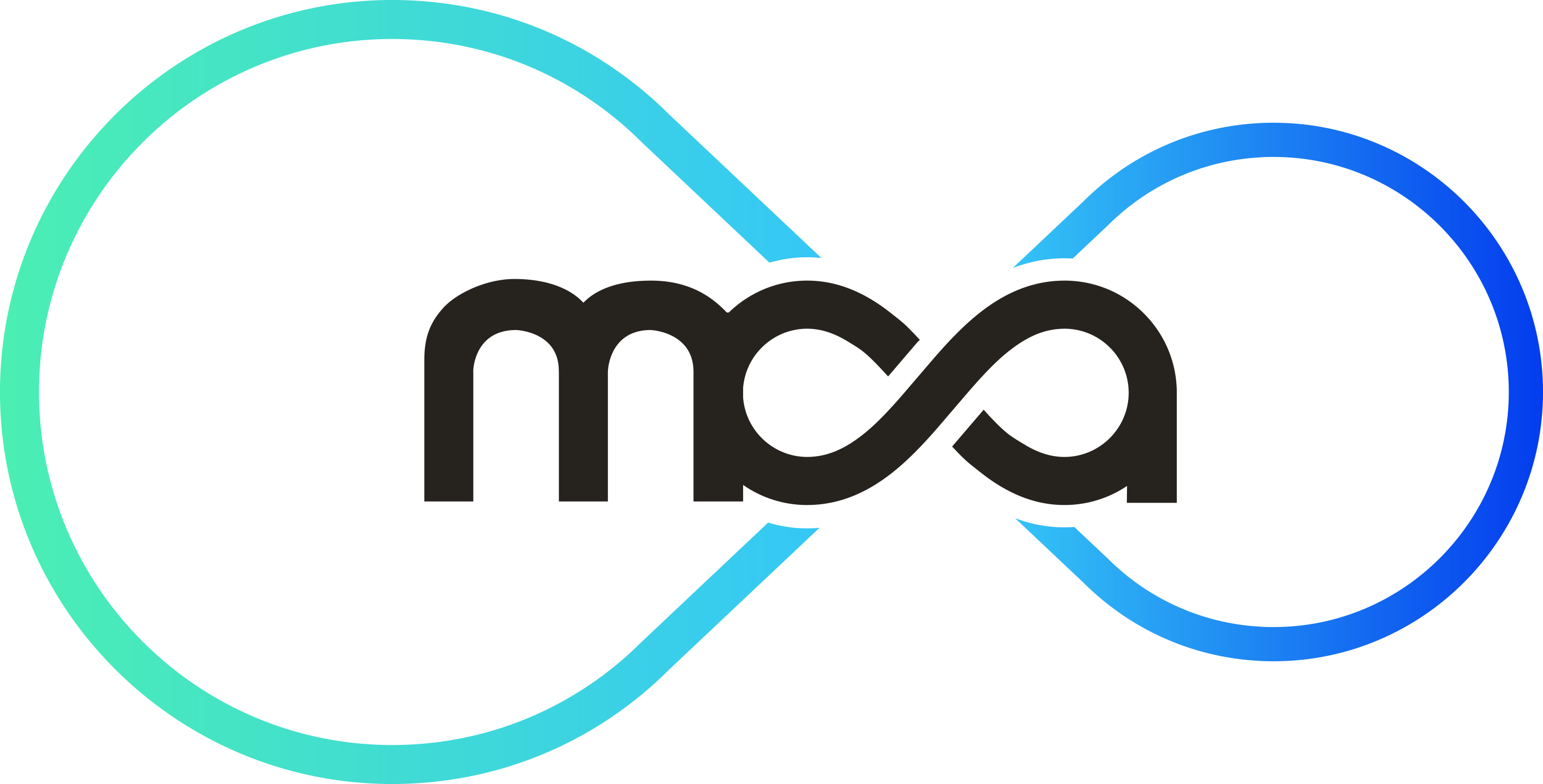Spectrum for Terrestrial broadcasting services
In many countries the terrestrial broadcasting platform is the primary means of delivering broadcasting services. Terrestrial broadcasting relies on radio frequency spectrum. The use of spectrum is regulated on a national as well as international level in order to ensure its efficient use and avoid harmful interference. The most important organizations responsible for spectrum regulation in Europe are the ITU and CEPT. Information on the radio spectrum bands allocated to terrestrial broadcasting services by the ITU Radio Regulations is available here.
International spectrum management seeks to harmonise the use of spectrum bands in different countries. Harmonisation helps to create valuable economies of scale and improves the market for consumers.
The amount of available spectrum is limited. Broadcast spectrum is under pressure to be shared with other users and in some cases to be released for other use (e.g. mobile broadband). As spectrum is a scarce public good it must be managed with ‘special attention’, striking a balance between economic, cultural and social values in the public interest. Spectrum is vital for radio and television broadcasting today and in the future.
In Malta, the MCA is responsible for the effective management of the radio frequency spectrum. Radio spectrum designated for broadcasting use is not in its entirety assigned by the MCA. In accordance with the current legal frameworks the MCA is only mandated to assign radio spectrum designated for the provision of digital terrestrial television and digital sound broadcasting services. Radio spectrum designated for public service broadcasting is assigned by Government. That radio spectrum which is planned for analogue sound broadcasting services and which is not used for public service broadcasts is assigned by the Malta Broadcasting Authority in accordance with the Broadcasting Act (Cap. 350). The same authority also regulates the content of broadcast services originating from Malta.
Digital Terrestrial Television
Digital terrestrial television spectrum is, at an international level, governed by the Geneva-2006 Agreement (GE06) of the ITU. This Agreement was adopted in 2006 by the Regional Radiocommunication Conference for planning of the digital terrestrial broadcasting service in parts of Regions 1 and 3, in the frequency bands 174-230 MHz and 470-862 MHz (RRC-06).
In the European Union the upper part of the UHF band, i.e. between 790 MHz and 862 MHz (800 MHz band) is no longer allocated for broadcasting use. Similarly, by 30 June 2020 or at the latest by 30 June 2022, European Member States will be required to repurpose the 694-790 MHz (700 MHz) band for terrestrial systems capable of providing wireless broadband electronic communications services. This requirement stems from Decision (EU) 2017/899. This implies that as from the 2020-2022 timeframe digital terrestrial television services can only be provided within the 470-694 MHz band. It should be noted that the availability of this band for digital terrestrial television is guaranteed until 2030 since both the European Commission and the ITU WRC-23 will be reviewing the spectrum use and spectrum needs of existing services within this band (agenda item 2.5 of WRC-23’s preliminary agenda).
In Malta, two spectrum licences for the provision of digital terrestrial television services have been issued. GO plc enjoys a licence which will expire on 11 May 2021. This licence grants GO plc the right to use eight UHF channels. The national broadcaster, Public Broadcasting Services Limited enjoys a licence with an indefinite term for the use of TV channel 43. This channel lies in the sub-700 MHz band and therefore is not from a regulatory point of view affected in any manner with the repurposing of the upper part of the UHF TV band.
The MCA shall, in April 2018, consult on the national roadmap to facilitate the use of the 700 MHz band for terrestrial wireless broadband services and of the sub-700 MHz band for television broadcasting services. This consultation would be carried out to help identify and better address the spectryum needs of the local Maltese scenario. The MCA will then review all the responses received in order to determine the optimal usage of the spectrum that will facilitate the most efficient use of the resource and also to be socioeconimically most beneficial. These will lead to the publication of the national roadmap on the use of the 470-790 MHz band by the end of the first half of 2018, in accordance with Decision (EU) 2017/899.
The national roadmap for radio spectrum in the 700 MHz band will be paving the way towards the availability of spectrum for 5G by 2021.
Sound broadcasting
The National Frequency Plan makes available various frequency bands for sound broadcasting services. In accordance with the respective ITU regional agreements, namely the Geneva 1975 (GE75), Geneva 1984 (GE84) and Geneva 2006 (GE06), Malta can make use of radio frequencies for Medium Frequency (MF), Frequency Modulation (FM) and digital sound broadcasting transmissions.
From a spectrum licensing perspective the MCA has in 2006 licensed Digi B Network Limited for the provision of nationwide digital sound broadcasting services for a 16-year term. These services are based on DAB+ technology.
Updated:- 26.04.2018





